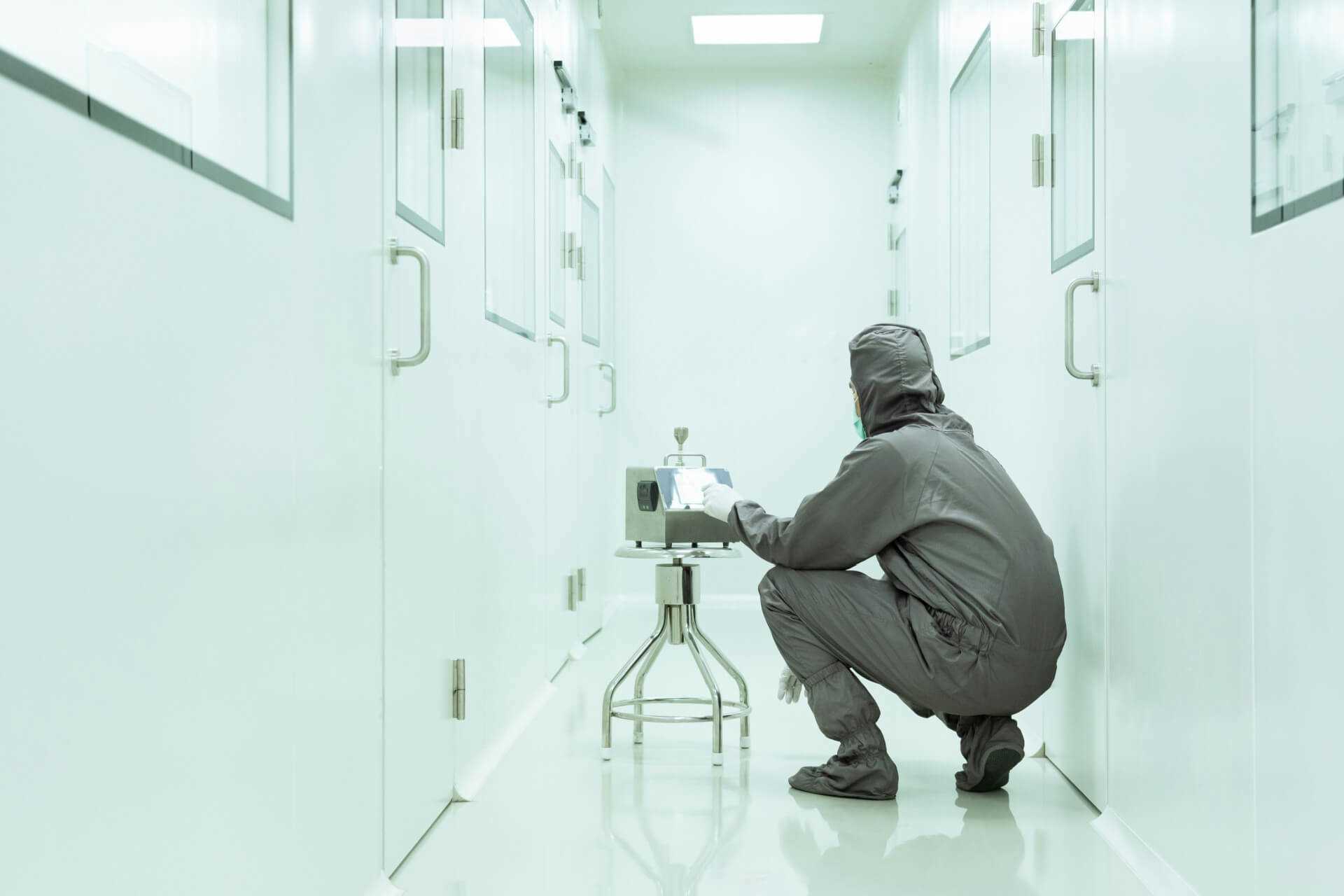
Challenges and Solutions in Cleanroom Air Quality Management
Maintaining optimal air quality in cleanrooms is paramount for industries that require controlled environments, such as pharmaceuticals, biotechnology, and precision manufacturing. The challenges in achieving and sustaining these standards are significant, given the potential for contamination from various sources. This blog explores the complexities of air quality management in cleanrooms and the innovative solutions that help overcome these challenges.
Understanding the Air Quality Challenges
Cleanrooms must control particulates, microbes, and chemical vapours to incredibly stringent levels. The primary challenges include:
• Particulate Contamination: Particles from materials, equipment, and even personnel can compromise product integrity.
• Microbial Contamination: Bacteria, fungi, and viruses pose risks to sterile processes, especially in pharmaceutical and biotech environments.
• Chemical Contamination: Volatile organic compounds (VOCs) and other chemicals can emanate from processes, materials, or equipment, affecting sensitive manufacturing processes.
Advanced Filtration Techniques
Addressing these challenges begins with sophisticated filtration systems:
• HEPA and ULPA Filters: These filters are critical in removing particulates from the air. HEPA filters capture 99.97% of particles as small as 0.3 microns, while ULPA filters capture 99.999% of particles as small as 0.12 microns.
• Activated Carbon Filters: Used for controlling chemical vapors and odors by trapping VOCs and other gases, ensuring they do not interfere with sensitive processes.
Innovative Air Handling Solutions
Modern cleanrooms employ advanced air handling units (AHUs) that integrate several functions to optimize air quality:
• Customized Airflow Designs: Tailored airflow patterns such as laminar flow or turbulent flow are designed based on the specific requirements of the cleanroom's operations, minimizing the risk of cross-contamination.
• Precision Control Systems: Automated systems that adjust humidity, temperature, and pressure in real time to maintain ideal conditions and quickly respond to any deviations.
Real-time Monitoring and Response Systems
Technological advancements have enabled real-time monitoring of cleanroom environments, which is crucial for immediate response to potential contamination:
• Particle Counters and Microbial Monitors: These devices provide continuous surveillance, detecting increases in particulate or microbial levels that could signal a breach in protocol or filter efficiency.
• Smart HVAC Controls: Integrated with real-time monitoring tools, these controls can adjust environmental parameters automatically, ensuring consistent compliance with cleanroom standards.
Regular Maintenance and Protocol Adjustments
Sustaining optimal air quality requires ongoing maintenance and periodic reassessment of protocols:
• Scheduled Maintenance: Regular checks and replacements of filters, calibration of sensors, and inspections of HVAC systems are mandatory to maintain operational standards.
• Continuous Improvement Practices: Cleanroom operations should continually evolve with technological advancements and regulatory updates. Regular training sessions for personnel on the latest cleanroom practices and potential improvements are essential.
Effective air quality management in cleanrooms is a complex but essential endeavour, requiring a combination of advanced technology, meticulous planning, and strict adherence to protocols. By leveraging state-of-the-art filtration systems, custom airflow designs, and real-time monitoring tools, companies can address the diverse challenges presented by different contaminants. Vibraclean’s expertise in implementing these solutions ensures that cleanrooms not only meet but exceed the necessary standards, providing a reliable foundation for high-quality manufacturing and research.
